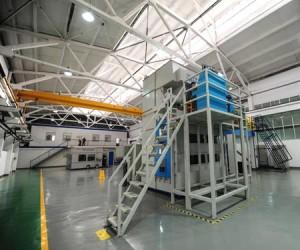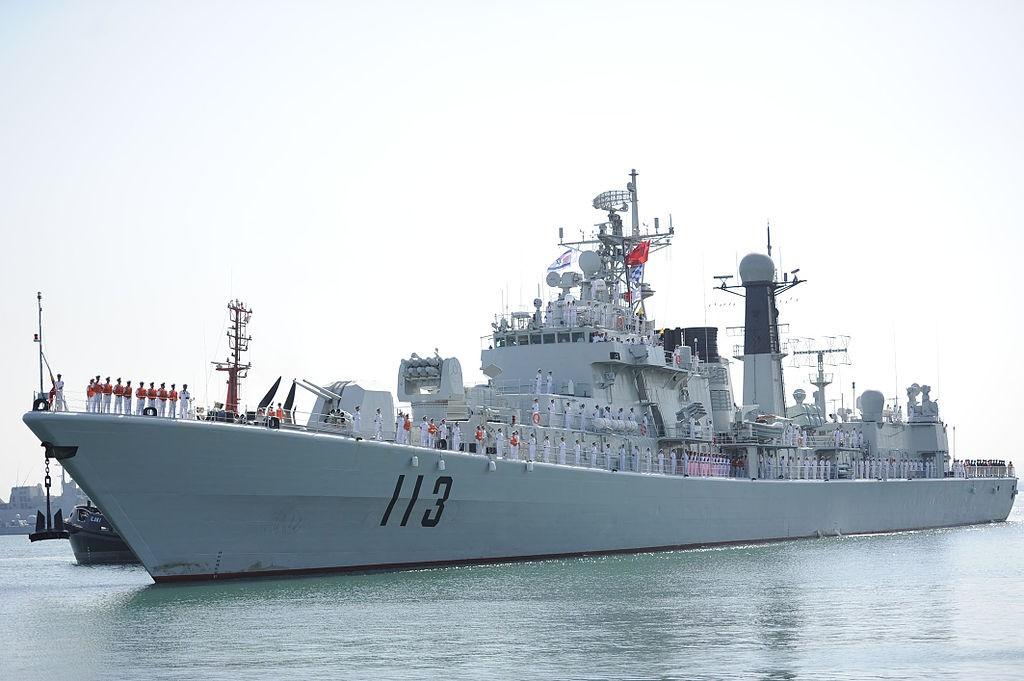China is famously secretive in some of its bigger plans, not unveiling big military movements or construction techniques before they happen – if at all — in detail. While we’re growing more familiar every day with huge news of new 3D printers and applications in the West, China’s plans for and usage of additive manufacturing techniques remain something of a mystery.
We do know that China has been developing 3D printers since 2001, particularly for use in their military. The technology is utilized largely for prototyping, molding, repair of small parts, and weapons systems throughout the various branches of the country’s military. Examples we’ve heard about include the C-919, the first large passenger plane from China, which includes designs that were developed with the use of a 3D printer, including the front windshield frame. Additionally, the J-15 carrier-based fighter jet used 3D printing to create new small parts to repair training flight damages, according to Sun Cong, who designed the fighter. Other aircraft also benefit from the fast-growing technology in China, including other fighter jets like the J-16 and J-31, as well as the J-20 stealth fighter.
Today, we also learn that the People’s Liberation Army (PLA) Navy is utilizing 3D printers on their warships. The deployed 3D printers will be used to replace crucial small parts, and one destroyer has already taken advantage of the technology.
Last week, a wheel gear on the Harbin broke. The New Year’s Eve incident occurred in the Gulf of Aden, where the Harbin has been involved in counterpiracy maneuvers alongside the US Navy since mid-2013. The Harbin is a Type 052D destroyer; having the engine down in the far-off Arabian Sea, thousands of miles from parts suppliers in the ship’s home country, was a problem that required a fast solution.
The Harbin includes a compartment that houses a computer, 3D printer, casting equipment, and materials – the massive ship is fully equipped to create its own spare parts. With the breaking of the engine bearing, the Harbin was effectively stranded in an area known for its piracy problem – not exactly an ideal situation. Through use of the on-board 3D printer, though, sailors were able to create the replacement part in mere hours, getting the Harbin up and running and back to maneuvers. A Chinese military expert noted to the China Global Times that the use of 3D printing produces parts that, while not the most precisely crafted, save significant time and money during PLA Navy operations.
In addition to the Harbin, we’ve also heard that another PLA Navy ship used 3D printing to replace a transmission gear tooth; it seems China’s military is recognizing and implementing 3D printing for repair jobs in an increasing way.
Other militaries around the world — including the US Navy — are also using 3D printing for on-ship repairs and other parts creations. It looks like this convenient technology is here to stay. Do you agree? What other uses do you foresee in military applications? Let us know your thoughts over at the Chinese Navy Repairs Destroyer with 3D Printing forum thread at 3DPB.com.
Subscribe to Our Email Newsletter
Stay up-to-date on all the latest news from the 3D printing industry and receive information and offers from third party vendors.
Print Services
Upload your 3D Models and get them printed quickly and efficiently.
You May Also Like
Photopolymer Resins, Metal Powders, & More 3D Printing Material News at Formnext 2025
It’s the final day of Formnext 2025! If you’re still on the show floor today, make sure to visit the following companies to see all of their latest AM material...
Colibrium Goes After Serial Production With Its Most Powerful M Line Yet
Colibrium Additive, the GE Aerospace-owned metal AM business, was at Formnext 2025 in Frankfurt this week to introduce its latest machine upgrade: a 4 × 1 kW version of the...
Materialise Launches New CO-AM Tools Amid New Industrial Phase in AM Software
When Materialise launched its CO-AM platform about three years ago, the company aimed to leverage cloud-based engineering capabilities to enhance the openness of the additive manufacturing (AM) software experience and...
Formnext 2025: PolyJet Support Removal, Resale, Fundraising, & More
The announcements from Formnext 2025 keep rolling in, giving some of us who aren’t attending major FOMO (me, it’s me). But with all of the exciting news we’re sharing with...





































